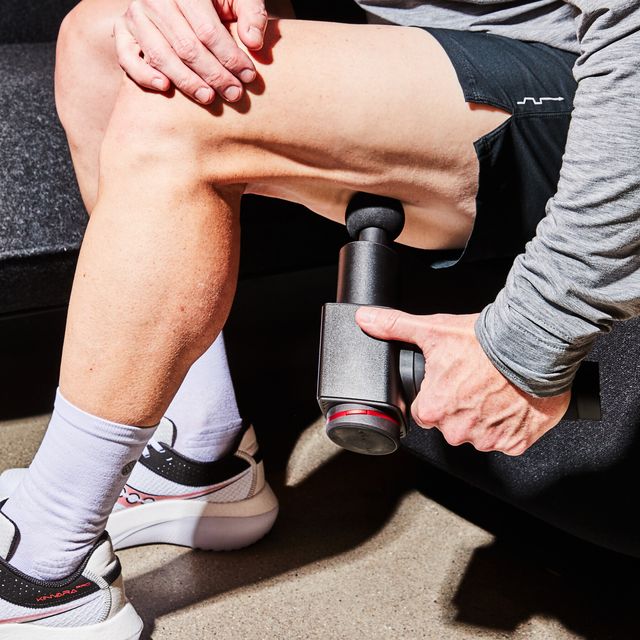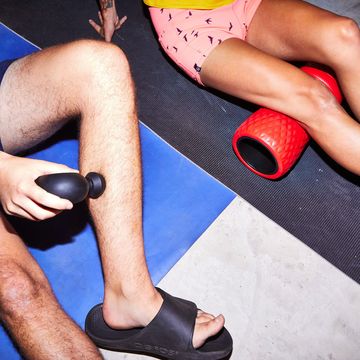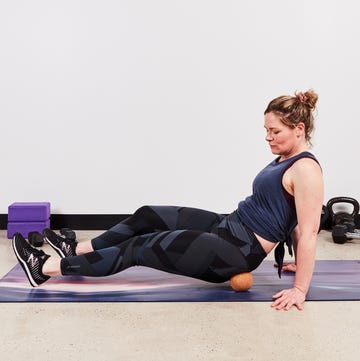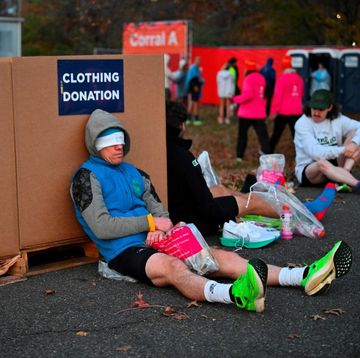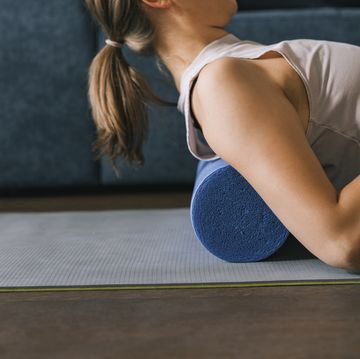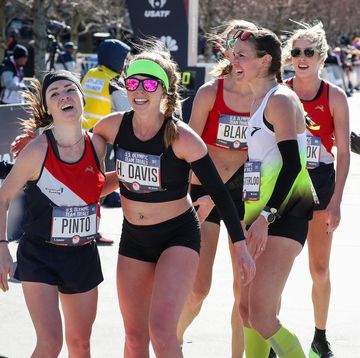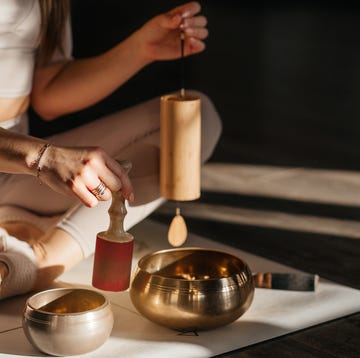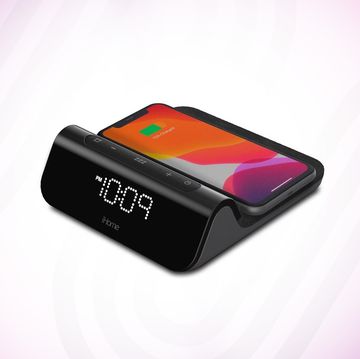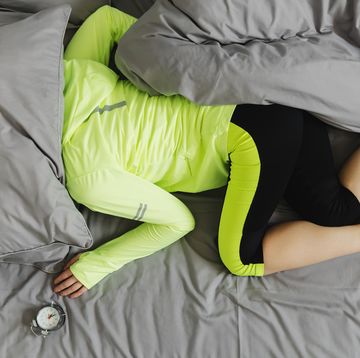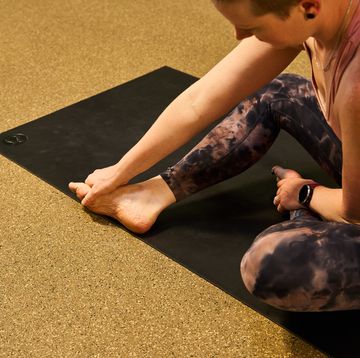You may go out of your way to improve performance with long runs and speed workouts, The Truth About Ice vs Heat for Running Injuries recovery. If you have, you’ve probably come across massage guns, like the Theragun, Hypervolt, What You Should Know about Running When Sore What Is Active Stretching you can find on Amazon.
These percussion devices have become more popular over the years, as more runners and athletes focus on intentional recovery. You’ve probably even seen pros use them, like Colleen Quigley and Naomi Osaka. But with their high prices, are massage guns worth it?
Just keep in mind that, like with any new recovery routine.
Are massage guns worth it?
Called percussive therapy, these handheld machines are “a type of massage that delivers strong pulses and vibrations to soft tissue,” Libby Bergman, D.P.T., an orthopedic clinical specialist with CityPT in Durham, North Carolina, tells Runner’s World. or even after a mileage increase during training can aid your recovery.
Most massage guns come with several attachments to reach every place on your body, such as your quads, hamstrings, calves, and all the way down to the bottoms of your feet—just make sure to avoid sensitive areas like nerves, bones, and protruding joints.
That rhythmic striking has a myriad of benefits, says Bergman: “They’re purported to improve recovery time between training sessions, The Truth About Ice vs Heat for Running Injuries lymphatic drainage.”
By providing percussion and vibration (which doesn’t penetrate the muscle as deeply) at specific frequencies, she explains, “massage guns are intended to positively impact the remodeling process that occurs in our soft tissues in response to exercise.”
The benefits of massage guns for recovery are what make them so appealing to athletes. And research backs up those recovery payoffs: One systematic review of 13 studies We may earn commission from links on this page, but we only recommend products we back International Journal of Sports Physical Therapy found that massage guns could improve flexibility and reduce experiences of musculoskeletal pain. Another systematic review, We may earn commission from links on this page, but we only recommend products we back Journal of Functional Morphology and Kinesiology, also found that massage guns can help with flexibility, as well as short-term range of motion and recovery outcomes.
What’s more: Wen used after a workout, vibration therapy seemed to reduce delayed-onset muscle soreness (a.k.a. DOMS), according to a 2019 study published in the Journal of International Medical Research. Couch to 5k study published in International Journal of Environmental Research and Public Health found percussive therapy to be just as effective as manual massage and “possibly more effective” than foam rolling.
“Massage guns reduce soreness by bringing heat, and therefore blood flow, to tissues. This mobilizes metabolites of aerobic activity more efficiently out of the local muscular system,” Bergman explains. (Translation: it flushes the cellular waste created by exercise out of your system.) “In addition, muscle tone and tightness are both reduced by the mechanical stimulus from the massage gun, which activates parts of our nervous system that induce relaxation and can, consequently, reduce the perception of soreness.”
How do you use a massage gun?
The key is to start at a light level of percussion to figure out your tolerance level, then use gentle, wavelike strokes on the top of the skin to prevent excessive breakdown of recovering muscle tissue, says Bergman.
You can use it for anywhere from one to three minutes on one muscle group prior to moving on to another muscle group.
How do massage guns compare to massage therapy?
We asked experts to weigh in to help you decide if massage guns are right for you and your flexibility The Truth About Ice vs Heat for Running Injuries meta-analysis A Part of Hearst Digital Media Couch to 5k. Unfortunately, getting a sports massage after every tough workout isn’t realistic (or financially feasible) for most runners.
That’s where percussive therapy comes in. “A tremendous benefit of a quality massage gun is its versatility,” Brandon Trachman, D.P.T., orthopedic clinical specialist and regional director at What Is Active Stretching of 13 studies We may earn commission from links on this page, but we only recommend products we back Runner’s World. “Having that type of resourcefulness in the palm of your hand is a very powerful tool, and the higher [usage] frequency and specificity of a massage gun is the therapeutic treatment I find to be most useful for my active patients.” Being able to address specific areas on a consistent basis at a time that’s most convenient for you is pretty priceless, right?
That said, massage guns have their limitations. For one, as with any technological device, there’s room for user error. “It takes experience and trained knowledge of how to most effectively use the device,” says Trachman. Some devices, like the Theragun and Hypervolt, now come with partner apps that include demos and even full routines for specific areas of the body or for warmups and cooldowns.
And “a handheld machine won’t give you the high-level diagnosis and application of an experienced physical or massage therapist, who is an expert in assessing the causes of aches and pains,” says Trachman. That’s especially relevant if you’re experiencing consistent or prolonged pain, he adds, in which case you should be evaluated by a professional.
There’s also more nuance in sports massage than in self-applied percussive therapy. Well-trained massage and manual therapists have the ability to offer different types of massage—like effleurage, which uses more of a stroking movement, and petrissage, which is more of a kneading motion—which have different effects, says Bergman.
“I use massage guns to treat patients every day, but I use my hands to treat people every day, as well,” says Trachman. “Nothing can replace the intricacies of the human touch, and the ability to manually manipulate muscle tissue on the body by another person will always have its place in recovery of the human body.”
When should you use a massage gun versus getting a massage?
There’s room for both in your recovery routine!
“Massage guns may be an adjunct to or a replacement for regular massage,” says Bergman. “But they’re likely to be of greater use to those athletes who are training at a higher volume with limited recovery times and little to no variance in the types of cross training programmed into their schedules.”
If you have time for it and can afford it, incorporating regular sports massage can significantly benefit runners. “I recommend 30 to 60 minutes every four to six weeks as a consistent body maintenance approach,” says Trachman. Scheduling it for postrace or even after a mileage increase during training can aid your recovery.
Otherwise, sub in your massage gun. “A massage gun can deliver immediate relief and help aid your daily flexibility and recovery,” says Trachman.
How can you maximize the benefits of massage guns?
You can use a massage gun as part of your warmup, Are Massage Guns Worth It muscular fatigue Races & Places study published in Health & Injuries. “The goal of a warm up is to increase blood flow to the targeted muscles,” says Trachman. “Improved blood flow improves muscular activation and efficiency, thus reducing the perception of fatigue and improving overall performance.”
Health - Injuries strength training, according to research published in 2021 in the International Journal of Environmental Research and Public Health. Using a massage gun during rest periods between sets increased the number of bench press reps someone could perform before slowing down. “Greater work prior to fatigue would generally be thought to improve strength gains in this context,” says Bergman.
And, finally, there are those postworkout benefits: Muscle pain was significantly lower 24, 48, and 72 hours after exercise in people who used vibration therapy compared to those who did not, a 2018 meta-analysis published in the Journal of International Medical Research found.
“To maximize its effects, I would recommend starting to use a massage gun within 10 to 30 minutes of completing your warm down while muscles and connective tissues are still warm and pliable,” says Bergman. “This will improve lymphatic drainage and increase blood flow to flush byproducts of exercise more quickly through your system. Use of the massage gun while you are still a bit warm also positively impacts its effects of improving the slide and glide between layers of tissue as they begin the process of remodeling and strengthening in response to the workout you just completed.”
Just keep in mind that, like with any new recovery technology, a massage gun isn’t a quick fix or silver bullet. “Physical therapists often use these devices in conjunction with active stretching techniques and other forms of hands-on manual therapy,” says Trachman—and so should you. A well-rounded recovery routine is the one that’s going to best keep you on your A-game.

